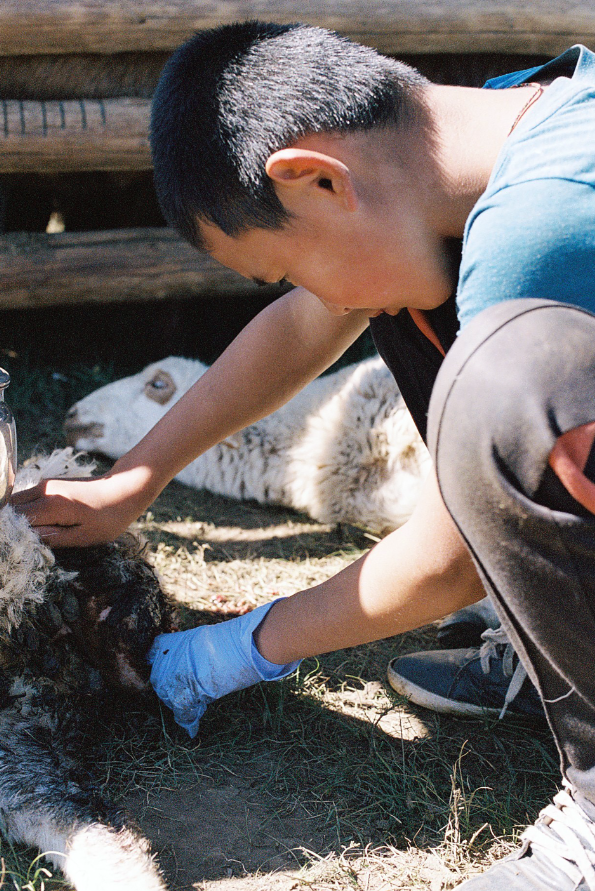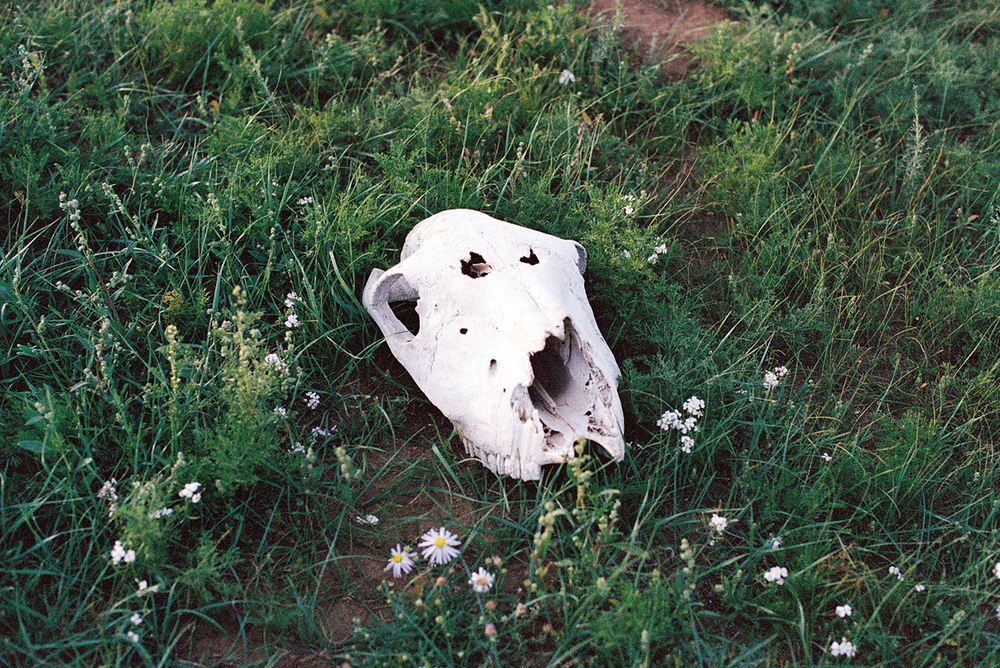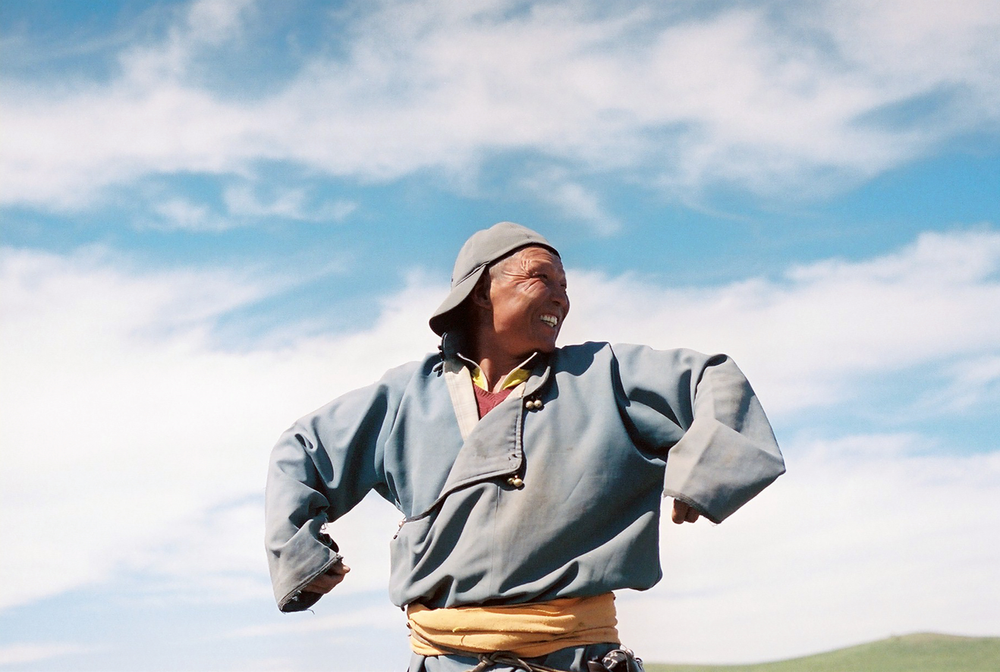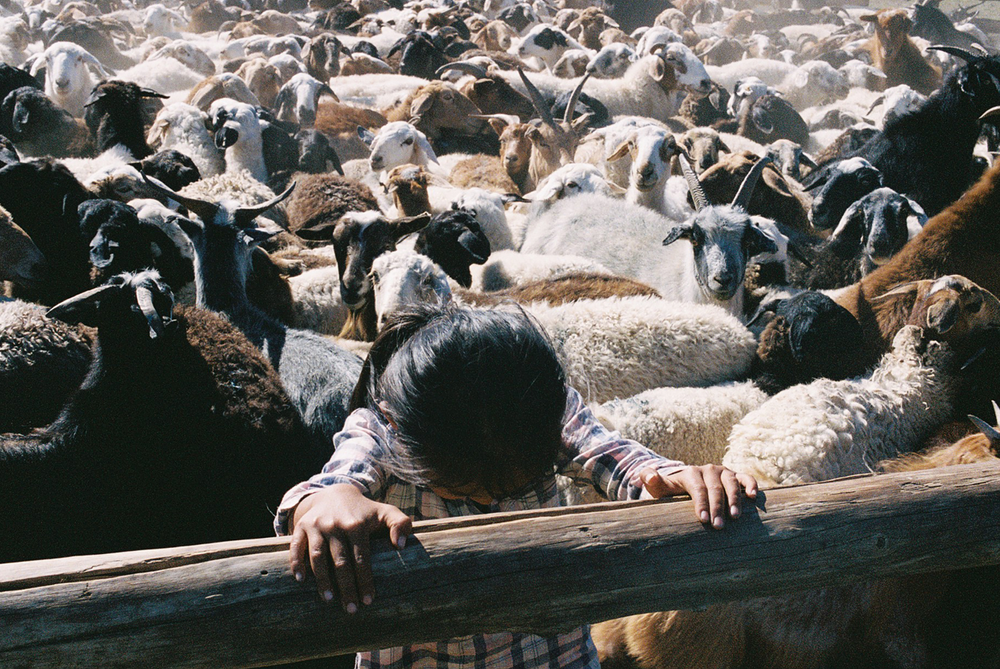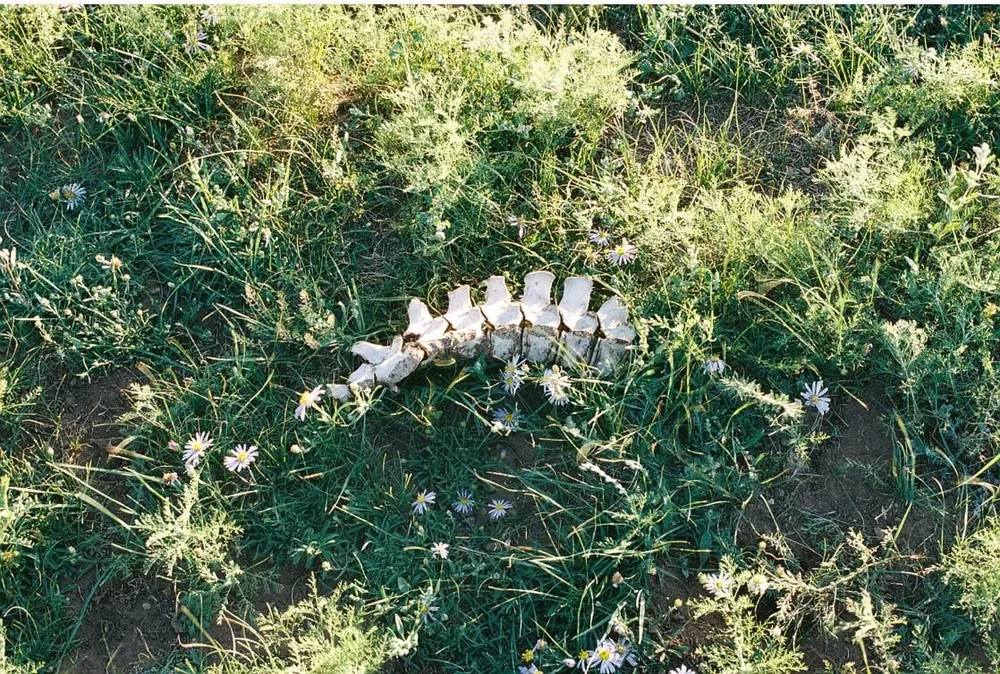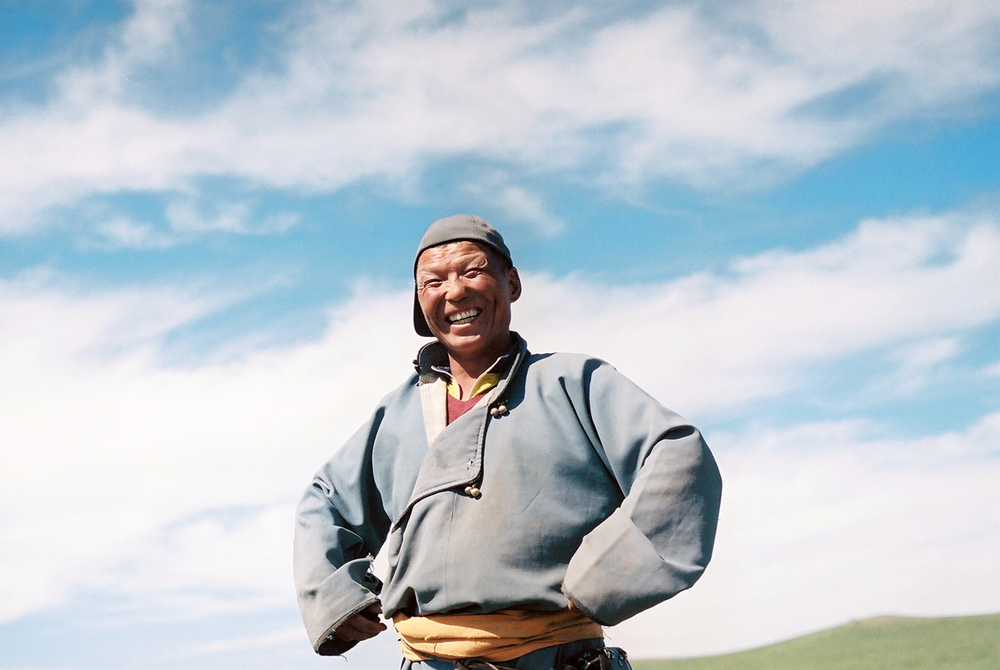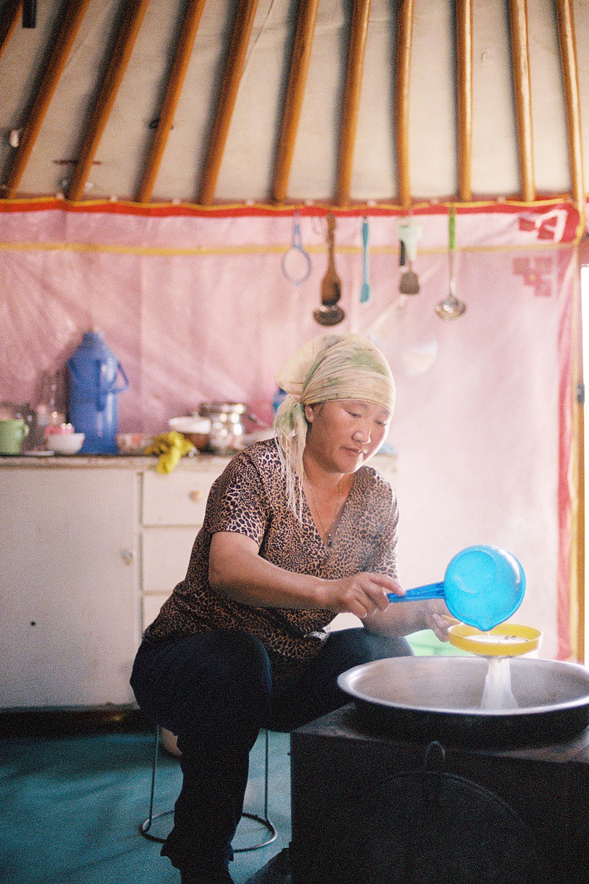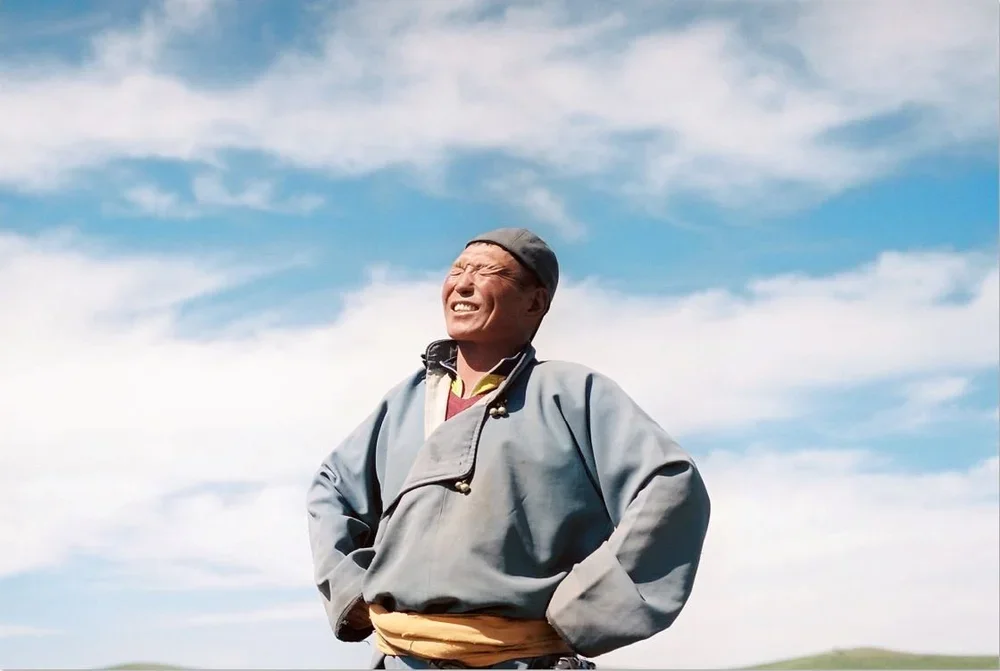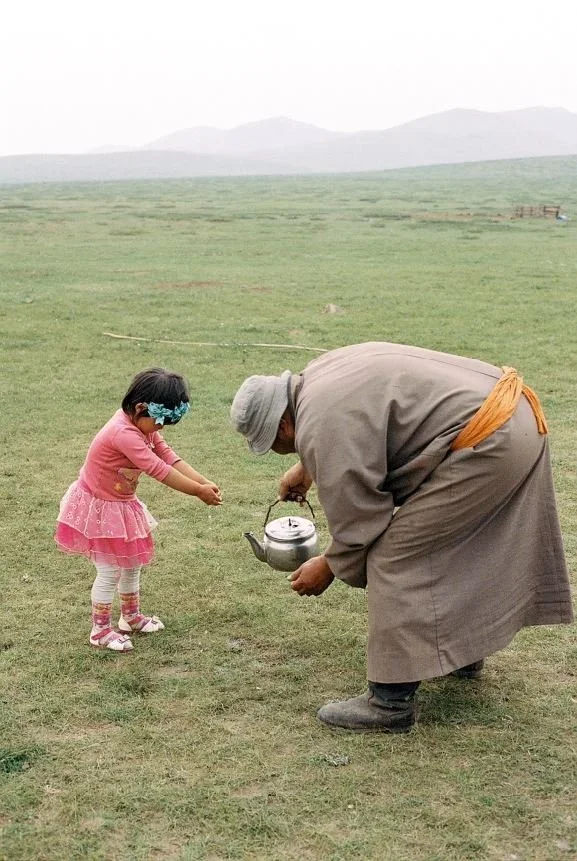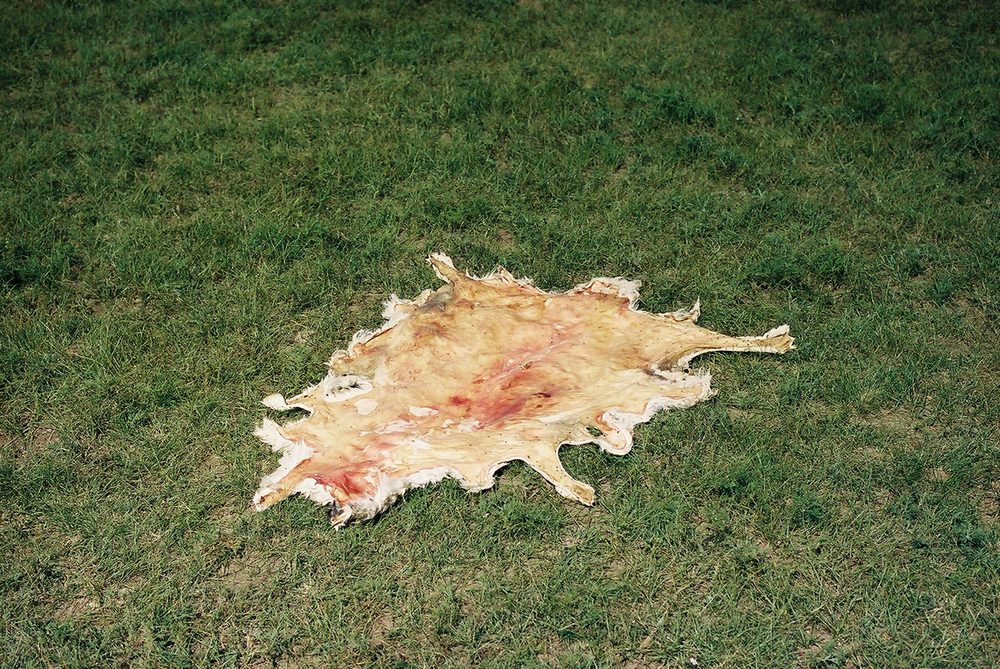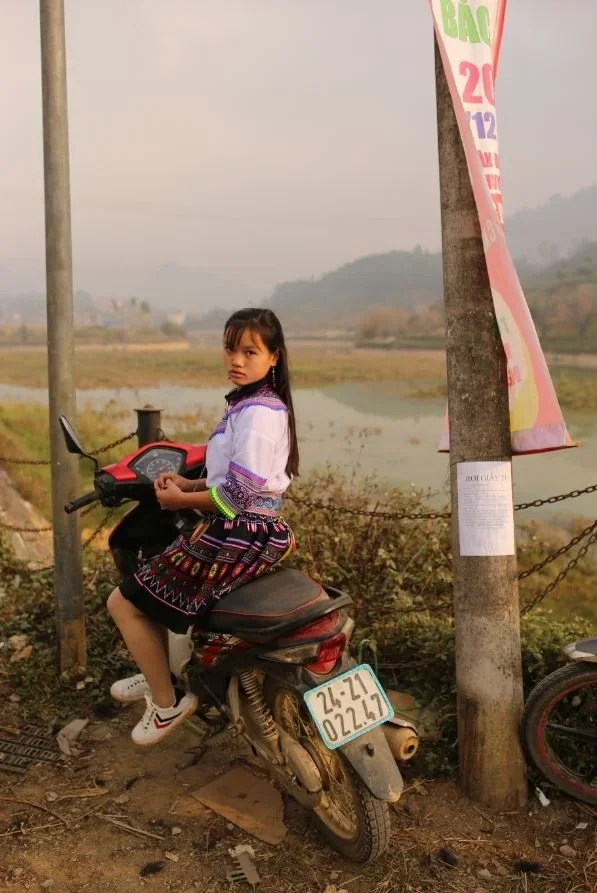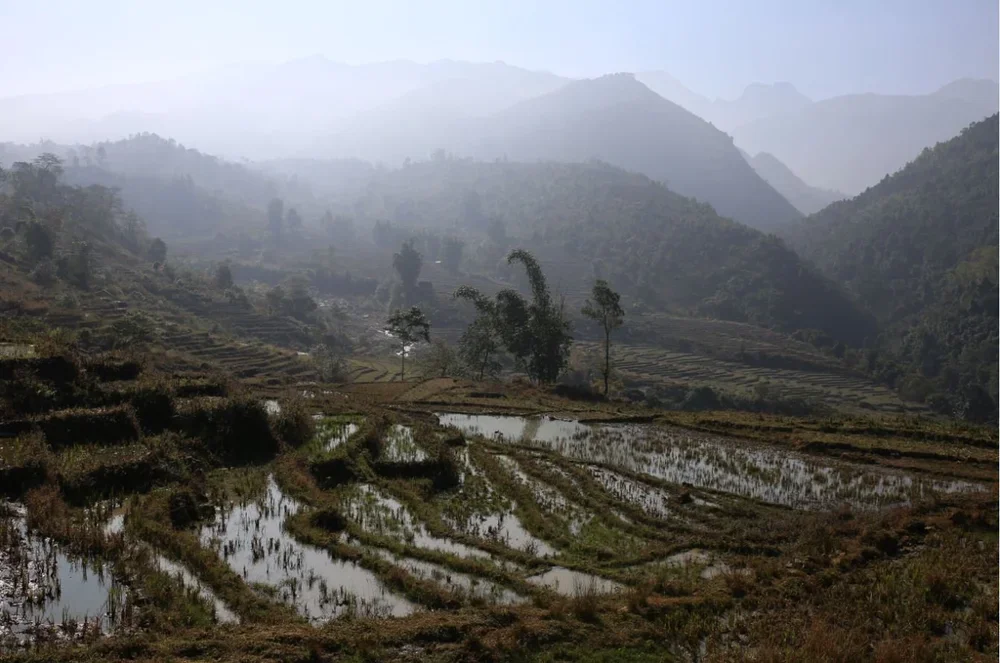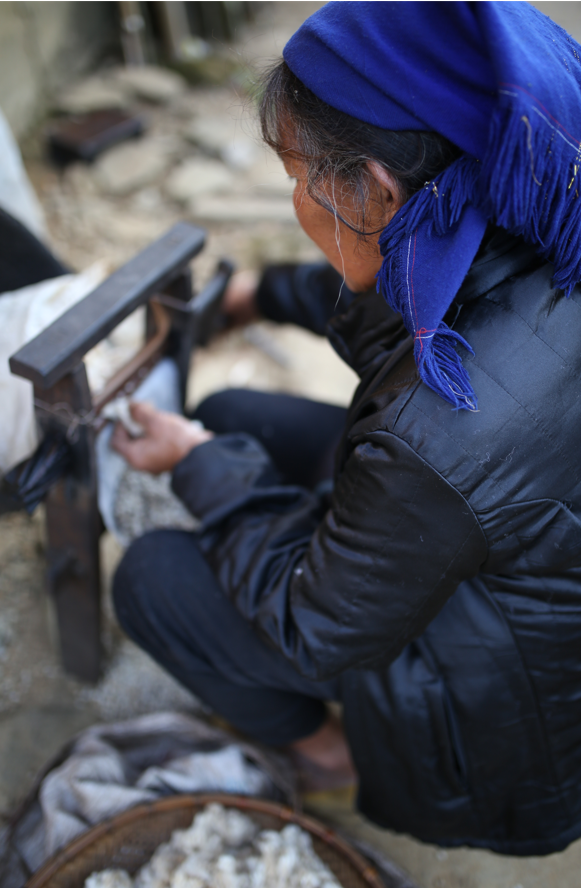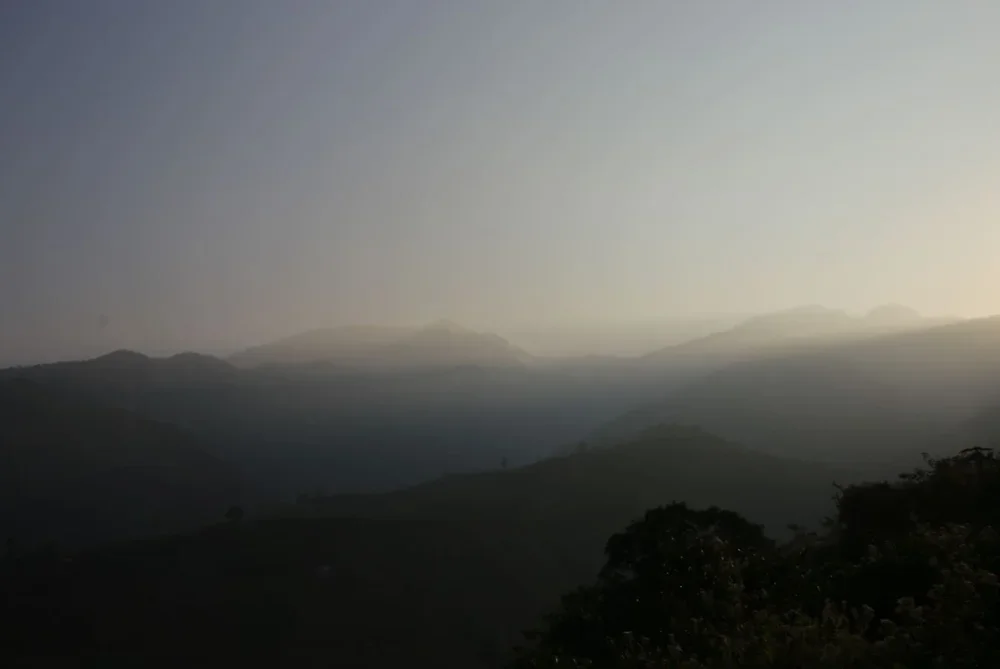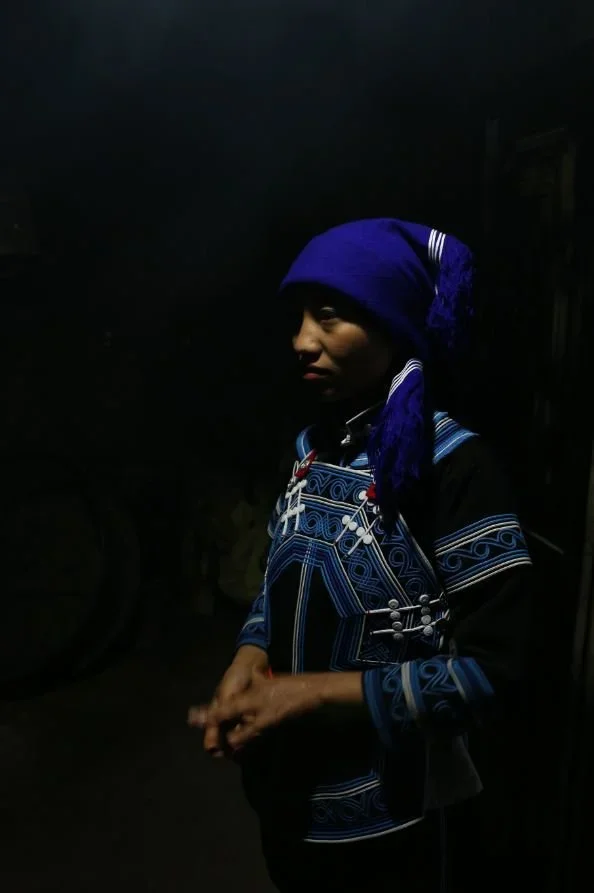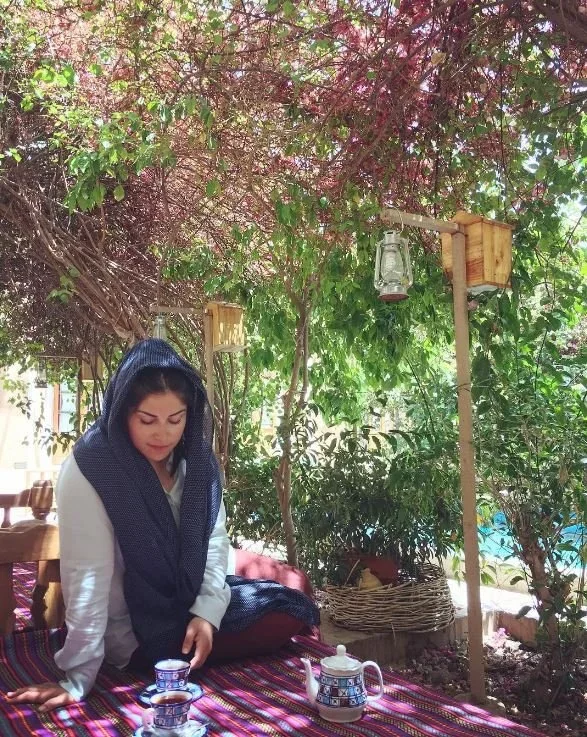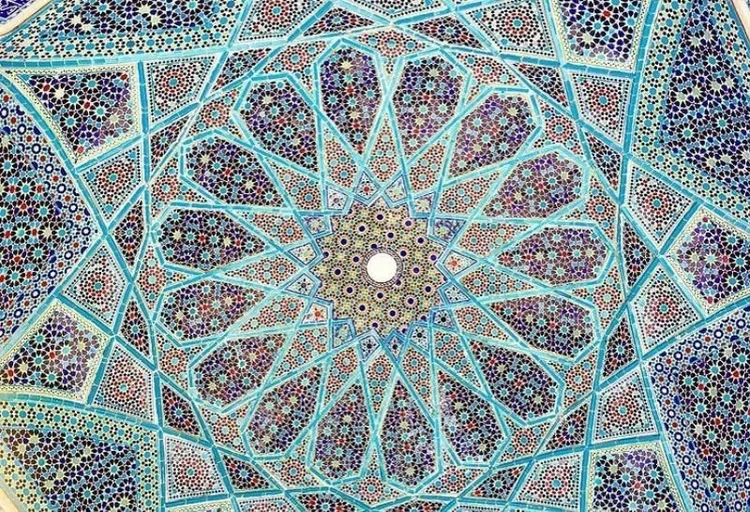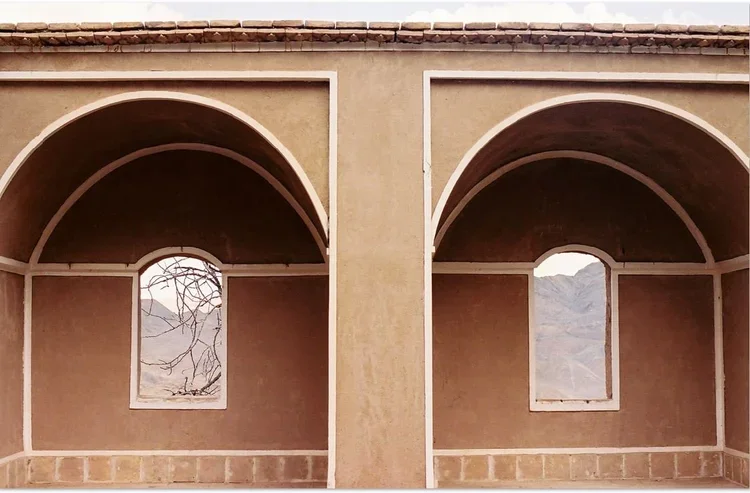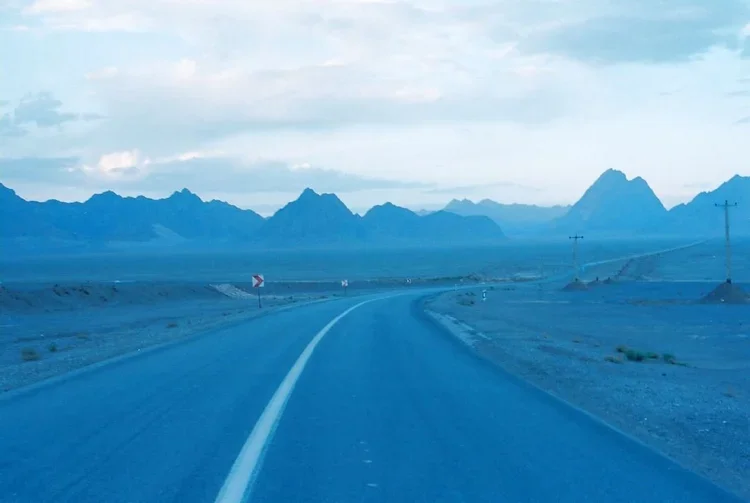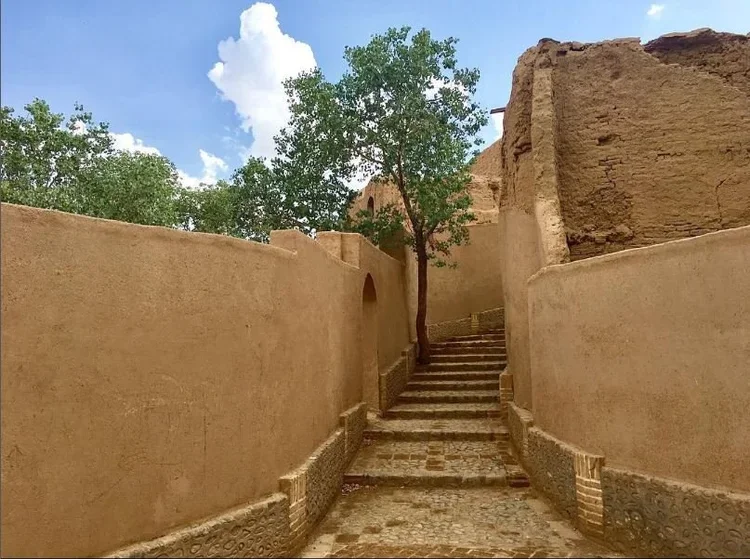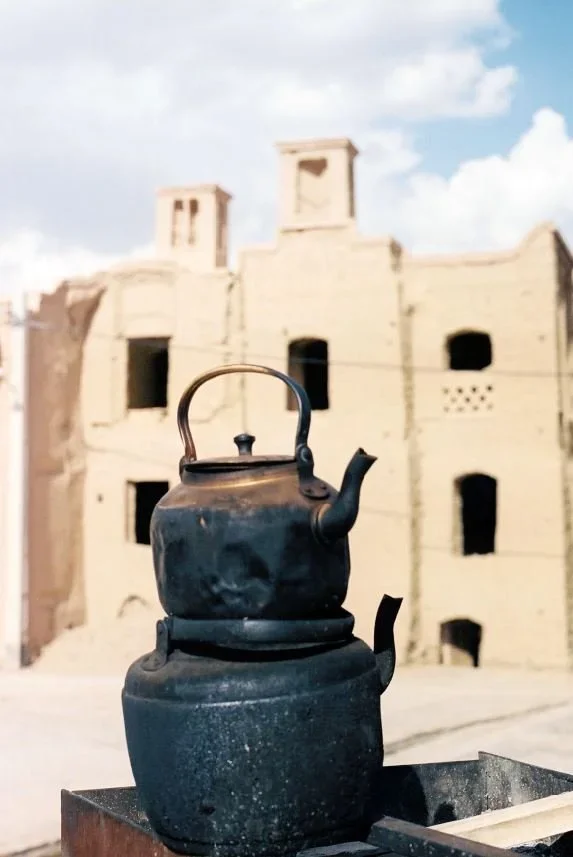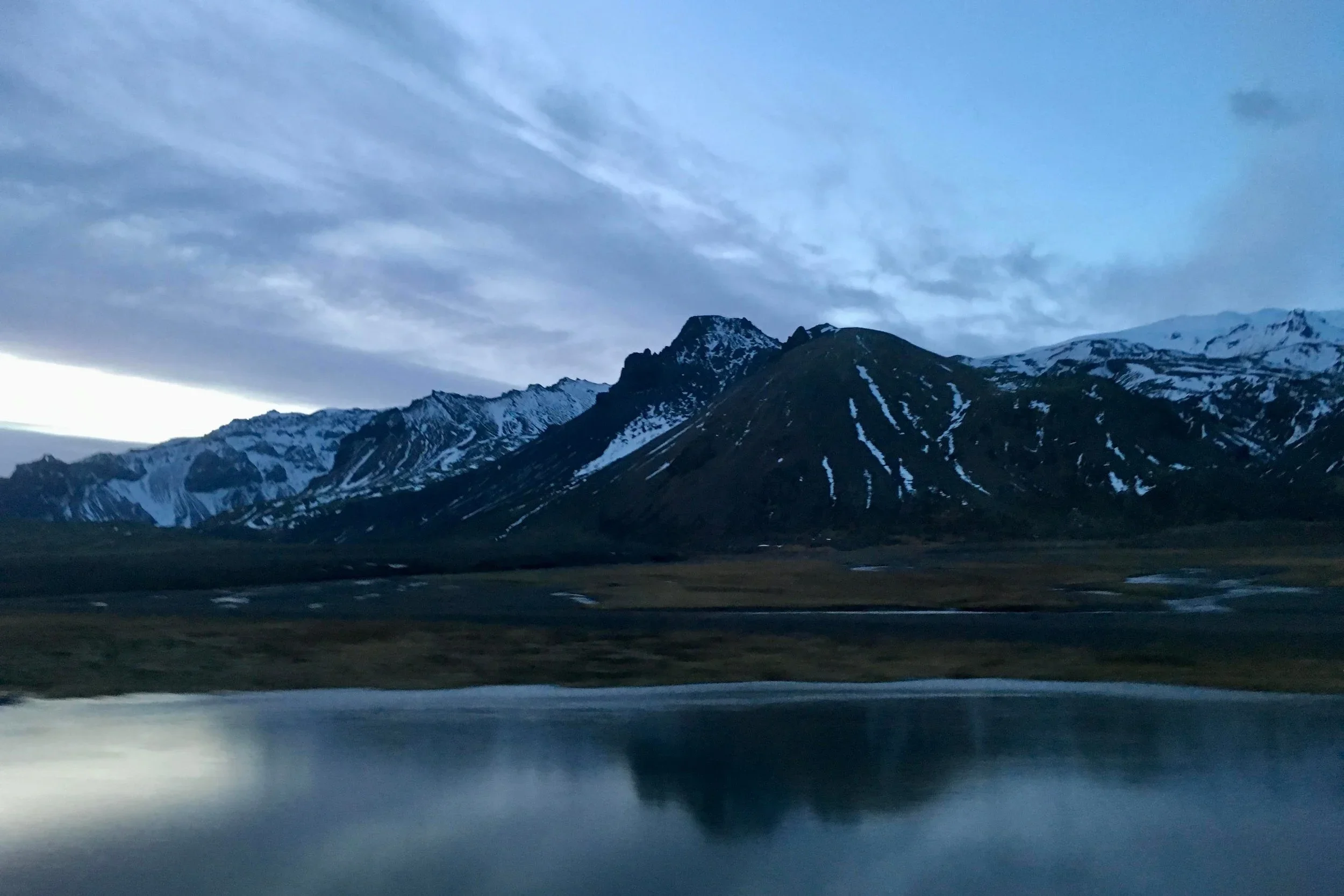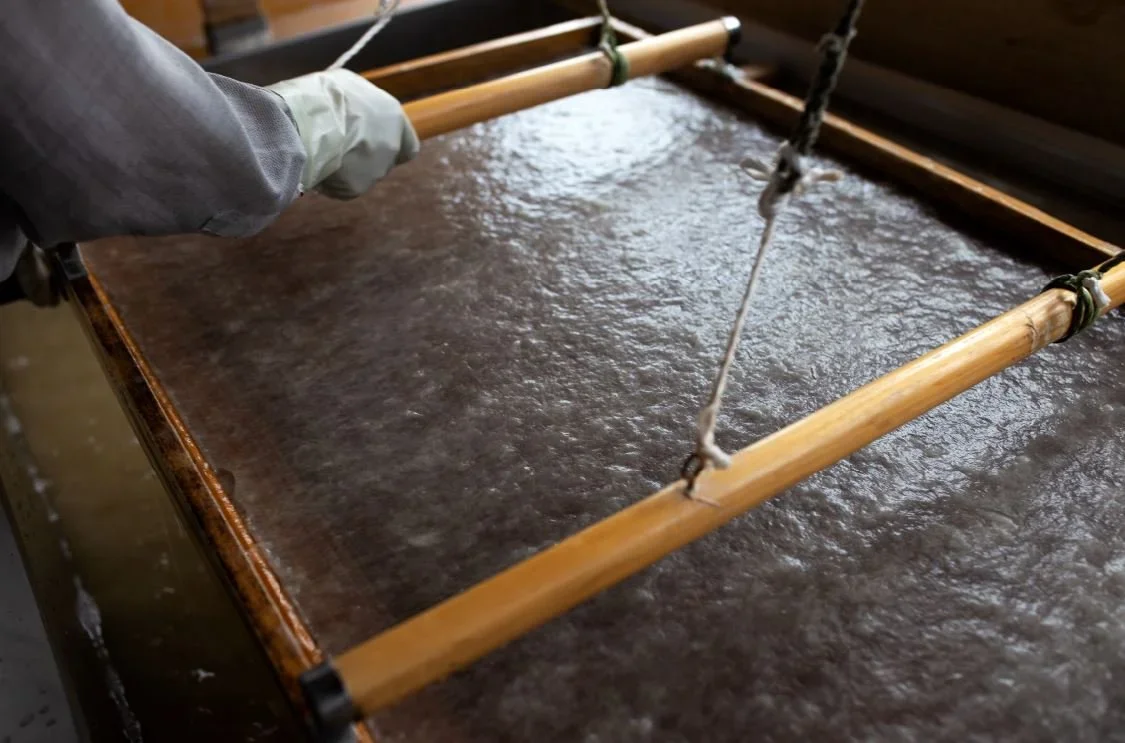The Nomad within, MongoliaEndless open lands stretching into apparent infinity. Mongolia’s vast steppe is home to one of the world’s last surviving nomadic cultures. Post-Socialist Mongolia and its collective desire for a sense of belongings feed the construction of nomadic identity. Slowly, however, nomadic families are moving to urban areas, facing climate change, as droughts, harsh winters and over-grazing threatening traditional livelihoods. Representing only 25% of the population. In the summer nomad children leave urban life and boarding schools to come back to their families in the steppe, helping parents with their herd and experience a life more closely bound to nature and the vastness of the sky.
果てしなく無限に広がる空閑地。モンゴルの広大な草原は、生存する遊牧民のひとつの文化が存在する。社会主義後のモンゴルと属しているという感覚の集合的な欲求は、遊牧民のアイデンティティを確立している。しかしながら、遊牧民の家族は気候変動、干ばつ、厳しい冬、伝統的な生活を脅かす過放牧に直面し、ゆっくりと都市部に移動し、人口のわずか25%しか残っていない。夏になると、遊牧民の子供たちは、都会の生活や寄宿学校を離れ、草原の家族の元に戻り、家畜の群れを率いて、両親を助け、自然や広大な空に密接した生活を経験する。
Vietnam, Moving mountains Lao cai, a province in Vietnam northern mountainous area has over ten ethnic groups present, Vietnam counts 54 in total. The interpenetration of multiple ethnic groups within the same territorial unit is characteristic of the Northern mountainous region. These mountains shelter the last remaining large forests in Continental South East Asia. All these groups show different models of agriculture and their relationship to the forest vary from one group to another. Local realities are multiple and complex. Confiscation by the state of the ethnic group's land is still rife, decimating agriculture in many minorities areas. Differences are also present in beliefs and customs, educational types, gender and marriage and social structure of the community.
ベトナム北部の山岳地帯にあるラオカイ省には10を超える民族が存在し、ベトナム全体では54部族にも達する。同じ領土内に複数部族が共に生活しているのが、北部の山岳地帯の特徴である。これらの山々は、東南アジア大陸に残る保護された最後の大きな森である。また部族のグループは全て、さまざまな農業を行い、森林との関わり方は部族ごとに違い、地域の在り方は、さまざまで複雑である。民族グループの土地の奪い合いは蔓延しており、多くの少数民族の地域では、農業が衰退している。また、信念や習慣、教育、性別や結婚、コミュニティの社会構造の在り方にもまた違いが見られる。
Iran, Chak Chak Province, tea seller by the road Iran is one of the world's largest tea-drinking nations. It has been present in the country since the 16th century and became popular with the introduction of tea cultivation at the turn of 20th century until recent times. Drunk from breakfast to dinner, coming in an assortment of subltle flavours, it is defined by its deep reddish brown colour. Most Iranians prefer to have sugar with their tea due to its strength. The taking of tea is a ritual, most meetings will commence with the offering of tea, and most meals will finish with it. Iranian tea at his best is clear, crisp, brilliant.
イランは世界で最もお茶を飲む国の一つである。その文化は、16世紀から存在し、20世紀初頭から現在に至るまで茶葉の栽培が行われるようになってから、人気を博した。朝食から夕食まで飲まれ、ほのかな風味の違いにより分類された深い赤褐色のお茶はほとんどのイラン人は、あまりに濃いので砂糖を入れて飲むことを好む。お茶を飲むことは儀式であり、ほとんどの会合はお茶を出すことから始まり、ほとんどの食事はお茶で締められる。最高の状態のイランのお茶は、透明で爽やかで鮮やかである。
